TALK OUTLINE & PERSONAL REFLECTION/DISCUSSION QUESTIONS
Session 3, Talk 2: Our Bindings/Tourniquets
Fr. Joseph Jerome Bambenek, Archdiocese of St. Paul and Minneapolis
Talk Outline
I. Our response to wounds is crucial
A. One of the reasons we are impacted by wounds from certain events in our lives, but not other events (some which may have been even more painful) is that we did not tend to some of our wounds in a healthy way when they happened.
B. “Stitches” that can be applied when we get hurt emotionally or spiritually by a painful event in life:
(1) Have our wounds doctored with truth
(2) Apply Gods’ compassionate love and the love of our Blessed Mother as a salve
(3) Sew them up with our fundamental identity as God’s beautiful, cherished, and precious daughter or His beloved and respected son.
(4) Unite our suffering with the suffering of Jesus.
(5) Allow ourselves to be treated with compassion and empathy by wise people around us.
II. How do we respond when wounded?
A. We want to be able to protect ourselves from being hurt again and have a desire, if not even a need, to understand why we were hurt as we were hurt.
B. One of the problems is that despite our desire for an explanation, sometimes there are not satisfactory answers to why some things happen in life. In those cases, with hope, we are invited to trust that God is guiding the details, to accept it, to offer it up by uniting our sufferings with the sufferings of Jesus, and not allow the painful event to define us.
C. When we try to respond to hurt on our own we often tourniquet ourselves… for since we can’t do our own stitches then a more then a more dramatic tourniquet might be the only option we have. Sadly, often when we do this, when we try to come up with the answers on our own to what happened and how to prevent such hurt in the future, the result is not wise nor loving to ourselves.
III. Spiritual Tourniquets – What are they and why are they there?
A. The Devil and his minions want to help us make
sense of what happened… for the purpose of destroying us.
(1) They don’t want us to have freedom… they want to enslave us.
(2) Rather than God’s gentle invitation, to turn to Him and find the answers by uniting our suffering with His, the Devil and his minions will pester us… they will tempt us…. they will propose ideas on how to make sense of things and how to protect ourselves in the future from similar hurt.
(3) In contrast, Jesus says, “Come to me all you who labor and are weary, and I will refresh you.” (Matthew 11:28). God invites us to turn to Him in our pain…
B. Identity lies are one of the most common tourniquets we apply when we are hurt.
(1) If we don’t turn directly to God and rest in our fundamental identity that we are a beautiful, precious and cherished daughter or a respected and beloved son of our loving Heavenly Father, the Devil and his minions appear to help us, but of course they don’t let us see the whole picture. They deceive us into thinking that nobody cares or will listen to us.
C. Another strategy of the evil one: trying to get us to think that whatever the specific situation we are facing is more absolute than it really is.
D. The Evil team tries, as well, to equate our identity
with our failings.
E. Addiction can be another tourniquet. Whatever untreated wound we have is too painful to endure, so we try to numb it with pleasures, success or over-accumulation of things.
F. We can also do things to tourniquet ourselves through our emotions.
(1) Anger can be a tourniquet we use to protect ourselves by lashing out at others in self-protection. But anger is also a tourniquet that is especially prone to harboring spiritual infections such as hatred, bitterness, resentment and unforgiveness. All of these infections keep us from being able to move forward and heal. They rob us from being able to truly love and be loved.
(2) Another tourniquet is one in which we wall off ourselves and shut down our hearts to anyone so that we will not be hurt again.
(3) We might put on a tourniquet of negativity. We might intentionally become negative to push people away from us so that they can’t get close to us and hurt us, or so that they will fulfill the lie we believe about being rejected or being unlovable.
(4) A very common tourniquet, especially for people who grew up in chaotic or addiction-filled homes is a tourniquet of control: of attempting to control everything in our lives, including everyone around us, thinking that if we can control them they won’t hurt us and that we know what is best for them.
(5) We might also tourniquet ourselves with self-pity or with having a victim mindset.
(6) Another unhealthy way that we tourniquet ourselves is through ungodly vows. … Sometimes the vows we make are in theory a good thing, but they become bad because we speak them out of fear, anger or pride, rather than love.
IV. Now what?
A. Just because they are an understandable response to adversity, that does not mean it is
healthy to keep on the tourniquets past momentary survival.
B. A bit of a caution on moving forward. Some of us have been going around with a lot of tourniquets on for a long time. Taking them all off at once, especially if we are not in the care of a trained person to help us, may not be the most prudent idea.





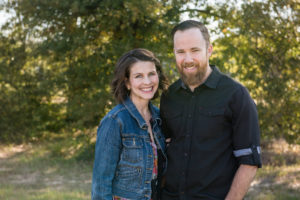


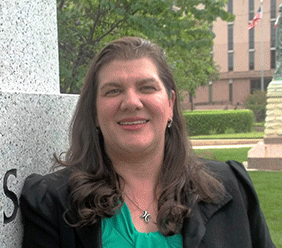
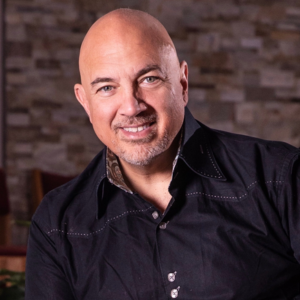
 Kimberly Kay Cox
Kimberly Kay Cox

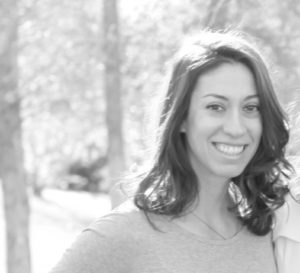





 Mark Mogilka
Mark Mogilka














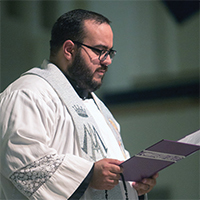







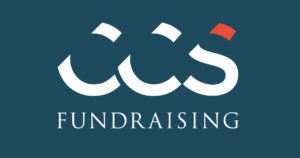


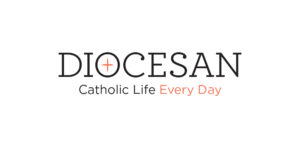


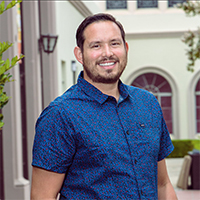
 Armando Cervantes
Armando Cervantes Anna Betancourt
Anna Betancourt
 Andrea Chavez-Kopp
Andrea Chavez-Kopp